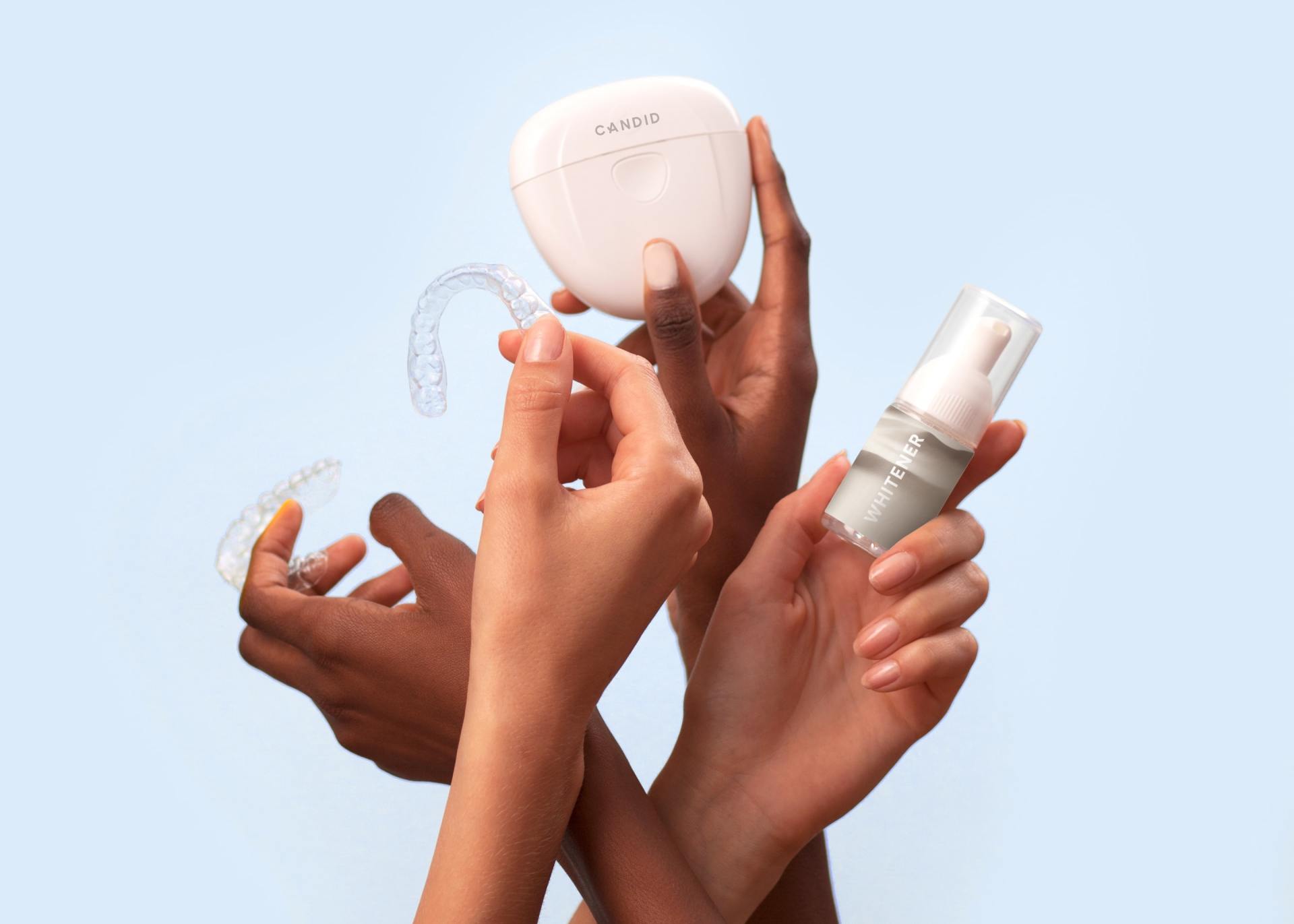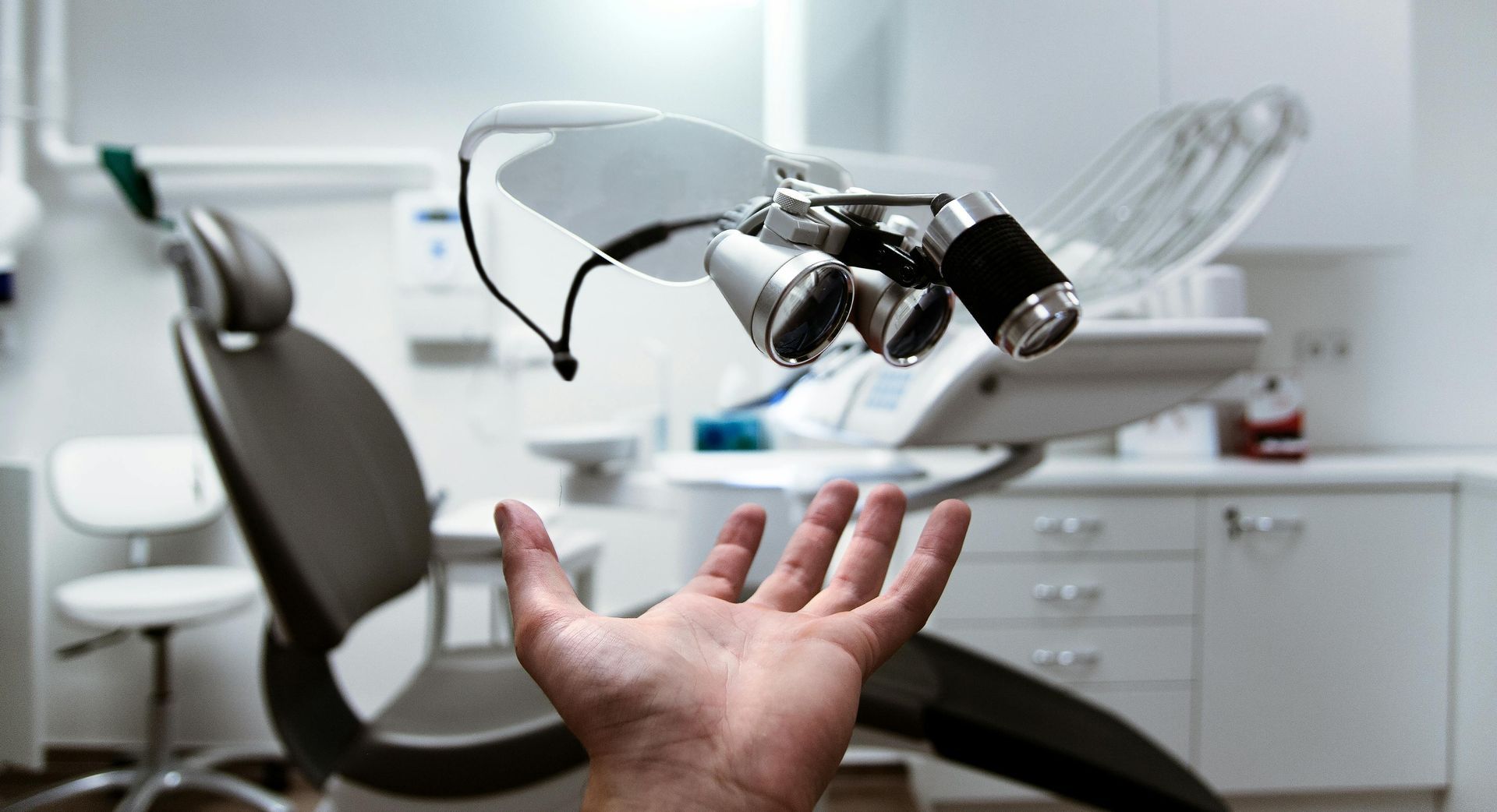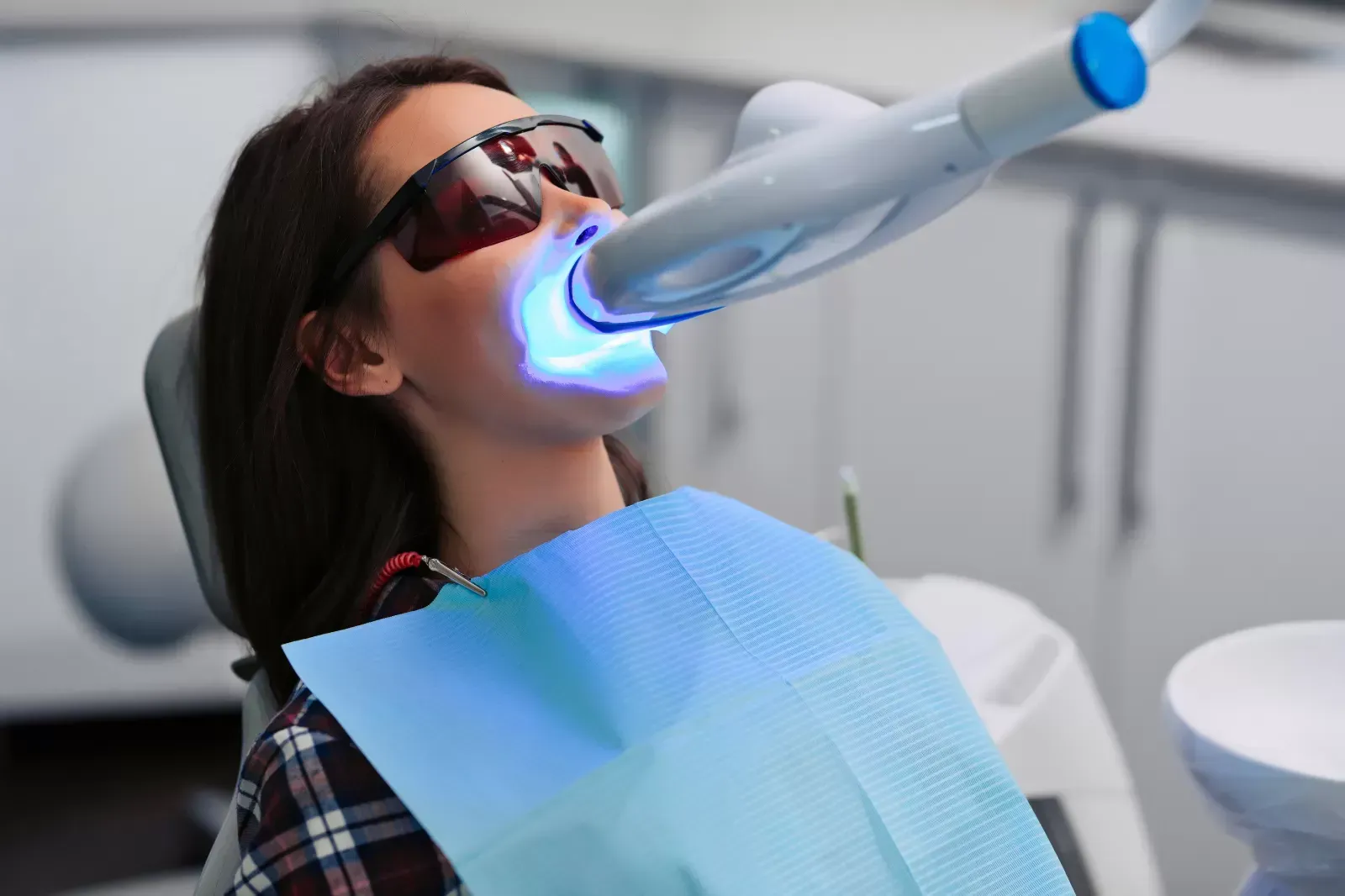Unlocking Oral Health: Understanding the Benefits of Water Flossing
Understanding Water Flossers
A water flosser, also known as an oral irrigator or dental water jet, is an at-home dental care device that uses a stream of pulsating water to remove food particles, debris, and bacteria from between teeth, along the gumline, and in periodontal pockets. It is an electronic device that typically consists of a motor with a pump, a water reservoir, and a special flossing tip that directs the jet of water into the mouth.
How Water Flossers Work
The mechanism of a water flosser is relatively straightforward. It involves a motor that generates pressure to pump water from the reservoir through a narrow, targeted tip. This jet of water acts as a high-power rinse for your teeth and gums, capable of dislodging food debris and plaque that accumulates between teeth and below the gumline. Users can often adjust the pressure settings to suit their comfort level and specific oral health needs. Water flossers can be filled with warm water to further alleviate any discomfort for users with sensitive teeth or gum tissue.
Water flossing is considered to be especially beneficial for people who have braces, dental implants, crowns, or those who suffer from gum disease. The effectiveness of water flossers in reducing gingivitis, gum bleeding, and plaque has been recognized by dental professionals. Including a water flosser in your daily oral hygiene routine could help to improve your overall gum health and reduce the risk of periodontal diseases.
While water flossers can be an integral part of good oral health, they should be used in conjunction with other dental care practices, including regular brushing with a toothbrush and using traditional dental floss as needed. It is crucial to understand that water flossers do not entirely replace traditional string floss, but they can be the perfect supplemental tool to achieve thorough cleaning and optimal dental health. As with any dental hygiene tool, it is recommended to consult with a dental professional to ensure it is appropriate for your specific dental care needs.
Advantages of Water Flossing
Incorporating water flossing into your daily dental care routine can provide numerous advantages over traditional flossing methods. With water flossers, users can experience increased ease in reaching difficult areas, greater comfort during the flossing process, and a gentle yet effective cleaning action that promotes overall oral health. The flexibility in pressure settings allows for customized oral care suited to one's sensitivity and needs, making water flossing an inclusive option for various users, including those with sensitive gums or dental devices. By becoming an integral part of a comprehensive oral hygiene routine, water flossers can contribute significantly to gum health and dental hygiene.
Effective Plaque and Tartar Removal
Using a water flosser has been proven to be highly effective in plaque and tartar removal, particularly for those hard-to-reach areas in the mouth. By using a stream of water at varying pressures, this oral irrigator can dislodge food particles and bacteria lodged deep between teeth and below the gumline. Regular use of a water flosser can help to prevent the buildup of plaque, which, if left unchecked, can mineralize into tartar—a hard substance that can only be removed by professional dental cleaning. The precision offered by water flossing, complemented by its ease of use, makes it a powerful ally in the fight against gum disease and periodontal diseases.
Effectiveness in Gum Health Improvement
Water flossers offer considerable benefits for gum health. They are particularly effective at reducing gingivitis, a mild form of gum disease, as well as managing periodontal diseases. The stream of water from water flossers helps to gently clean periodontal pockets, which are spaces that can develop between the teeth and gums in the presence of gum disease. Moreover, those with gum sensitivities might find water flossing to be a superior option, as the pressure settings can be adjusted for comfortable use, thus promoting better gum health through a gentle yet thorough cleaning process.
Reduction of Gum Bleeding
One of the most noticeable benefits of water flossing is the potential reduction in gum bleeding. Unlike traditional string floss, which can sometimes be harsh on inflamed or sensitive gums, the gentle flow of warm water from a water flosser can effectively clean between the teeth and gum line without causing additional irritation or bleeding. Clinical studies have demonstrated that with regular use, water flossing significantly reduces bleeding gums in individuals with various dental conditions.
Benefits for Individuals with Braces
For individuals with orthodontic devices such as braces, cleaning between wires and brackets can pose a significant challenge. Water flossers offer a distinct advantage by providing a means to clean around these structures effectively. The jet of water can navigate around braces, flushing out food particles and reducing the risk of periodontal disease without the awkward maneuvering required with traditional string floss. Consequently, maintaining optimal oral hygiene becomes more achievable and less time-consuming, making it more likely that those with braces will adhere to their daily flossing regimen.
Advantages for Dental Prosthetics Users
Users of dental prosthetics, such as bridges or implants, can find traditional flossing to be a cumbersome process. Water flossers can enhance the cleaning experience for these individuals by delivering a targeted stream of water that cleans around and under prosthetic devices. This reduces the risk of gum disease and dental decay around their dental work. The absence of string floss also means that there is no risk of damaging delicate gum tissue associated with prosthetics, ensuring a gentle yet effective cleaning process that preserves both the integrity and longevity of the user's dental investments.
Overall, water flossing is a dynamic tool in maintaining oral health, providing benefits that traditional methods of dental care might overlook or be unable to achieve.
Comparing Water Flossing to Traditional Flossing
When evaluating the two prevalent methods of cleaning between teeth and maintaining gum health—water flossing and traditional string flossing—there are notable differences to consider. Water flossers deploy a jet of water to rinse away food debris and bacteria from the spaces between teeth and along the gum line. This method can be particularly beneficial for individuals with braces or other dental devices where traditional floss might be hard to maneuver.
Traditional flossing, on the other hand, involves using a thin piece of string to physically scrape plaque and food particles from between the teeth. This method is highly effective if performed correctly, but can sometimes be challenging for those with dexterity issues or tighter spaces between teeth.
Comparatively, water flossing is considered more user-friendly, especially for those with limited manual dexterity, as it requires less precision than traditional flossing. It's also thought to be more enjoyable for some, which can encourage consistency in a daily oral hygiene routine.
Overall, the choice between water flossing and traditional flossing may come down to personal preference, ease of use, and specific dental needs. Incorporating either practice into your daily dental care is beneficial for maintaining optimal oral hygiene.
How to Integrate Water Flossing Into Daily Routines
Incorporating water flossing into your daily routine doesn't have to be a complicated process. Many find it easy to use a water flosser after brushing, either in the morning or evening. By making it part of your established oral hygiene routine, you can ensure that your gum health is being maintained.
Here's a simple guide to get you started:
- Step 1: Fill your water flosser's reservoir with warm water to prevent sensitivity in your teeth and gums.
- Step 2: Choose your preferred pressure setting. It's often recommended to start with a lower setting and increase the pressure as needed.
- Step 3: Lean over the sink, place the tip of the flosser in your mouth, and turn it on.
- Step 4: Close your lips slightly to prevent splashing, while allowing water to flow from your mouth into the sink.
- Step 5: Glide the flosser along your gumline and between your teeth, pausing briefly between teeth.
By understanding the fundamentals of water flossing and adhering to these tips, you can enjoy improved gum health and make water flossing a valuable addition to your oral hygiene routine.
At Don River Dental we give you the best tips . If you are experiencing any symptoms or pain please feel free to call us at (416) 901 - 9292 and someone from our team will be happy to answer any questions and schedule an appointment as soon as possible. We offer safe soothing dentistry in North York.












